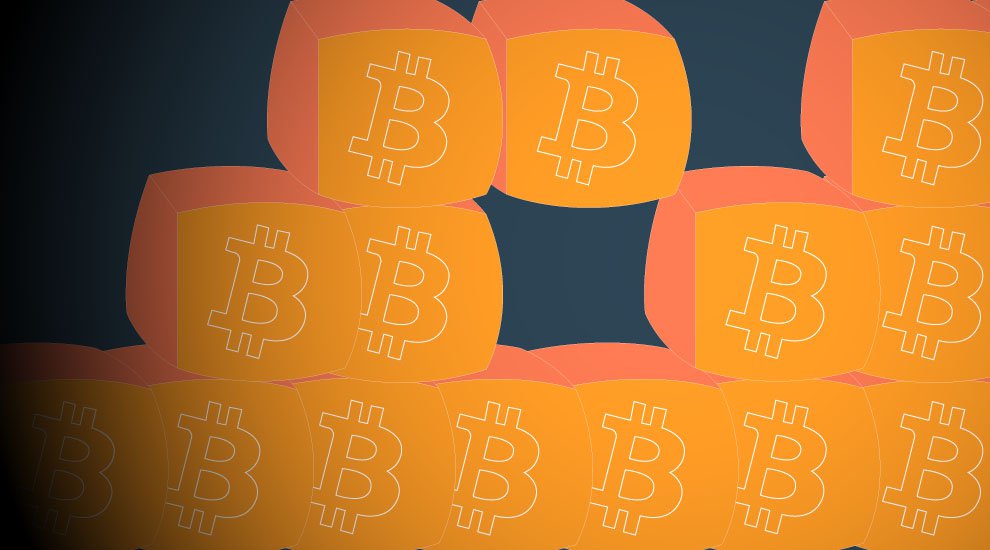Are Blocks Filling up, and Is That a Problem?
With the recent spike in bitcoin’s exchange rate, there has been a surge in transaction volume on the Bitcoin network, too. And while most in the Bitcoin community welcome the significant uptrend, some have also expressed concern. This might be the first “Bitcoin boom” to be influenced by the 1 megabyte maximum block size, which limits the number of possible transactions on the network to about three per second. Bitcoin XT developer Mike Hearn, in particular, predicted in May of this year that a new hype-cycle could lead to full blocks, rising fees, increased confirmation times, a bulging memory pool, nodes dropping of the network, more attempted double spends, and ultimately, users leaving Bitcoin for good. So how are we doing so far? Are blocks filling up? Yes. Blocks are filling up, or at least some of them are. The number of transactions on the Bitcoin network has roughly doubled over the past weeks, which has resulted in an average block size of about 700 kilobytes (0.7 megabyte). That is still below the maximum of 1 megabyte, but that is to be expected; for various reasons some miners produce some of their blocks well below the maximum capacity. Are fees rising? Yes and no. The average transaction fee has been relatively stable over the past weeks. However, this is mostly because users (or their wallets) refrain from paying a higher fee, even though that would shorten the time for their transaction to confirm. Unfortunately, statistics on the average fee required to have a transaction confirmed in the very next block are currently unavailable. But over the past week the average fee required to have a transaction included in the next two blocks has increased from 140 bits to about 200 bits. Are confirmation times increasing? Yes. Average confirmation times have increased quite a bit. Transactions were previously included in blocks within some 12 minutes on average. At the height of the price spike, transactions took an average of about 30 minutes to confirm. (Of course, as explained above, users who want to be relatively sure their transaction is included in the next block can opt to pay a higher fee.) Is the memory pool building up? No. Well, not to problematic levels, that is. Of course, the memory pool – consisting of unconfirmed transactions waiting to be included in a block – is building up in between blocks. That is how Bitcoin is designed, and happens regardless of how full blocks are. But so far, the memory pool has not been building up to unusual levels, and has been much larger in the past. Are nodes dropping of the network? No. On average, there are no nodes dropping of the network. Over the past week, the number of full nodes has been stable at around 5,500. And this number has even risen a bit over the past couple of days. Are double spends increasing? Unknown. Unfortunately, there are no reliable statistics available concerning the amount of attempted double spends by users who believe their transactions take too long to confirm. The only statistics that come close concern the number of failed transactions. These appear to be very high, but that is mainly because of the ongoing transaction malleability attack. As such, the statistics on actual double spends are skewed, and cannot be trusted. Are users leaving? Probably not. While it is practically impossible to know for sure whether some users are disappointed in Bitcoin’s performance and leave completely, it seems unlikely for now. Save for a slight increase of confirmation times (or required fees), Bitcoin is performing quite well. Moreover, volume on exchanges is huge and, based on the increased exchange rate, it seems fair to assume that more new users want to get in rather than out. Conclusion Despite some alarming forum posts, tweets and other reports, the spike in bitcoin’s exchange rate has so far not caused any serious capacity problems for the Bitcoin network. Of course, this does not disprove Hearn’s theory, and does not in itself mean there is no reason for concern. If bitcoin’s surge maintains, and if volume on the network continues to grow, this might still lead to complications at a later stage. But so far, all is well on Bitcoin’s blockchain. Thanks to Blocktrail CTO Ruben de Vries for providing additional statistics.
The post Are Blocks Filling up, and Is That a Problem? appeared first on Bitcoin Magazine.


